Project Area
Brasília is located at the Planalto Central, in the interior of Brazil, the so called Centro Oeste region. It is situated on the watershed of three of Brazil’s main catchments, Tocantins-Araguaia, São Francisco and Paraná. The elevation varies between 1000 and 1200 meters asl. Climatic conditions are semi-humid and typical for the outer tropics with pronounced dry and rainy seasons. The annual precipitation varies between 1500 and 1700 mm.
Natural vegetation is composed mainly of different types of cerrado (savannah) and by gallery forest along rivers. With only a few exceptions (e.g. Parque Nacional de Brasília) natural vegetation has been changed substantially by anthropogenic influence. Cropland with varying size and intensity of cultivation is the main land use, beside urban areas.
Brasília was planned to become the new capital of the country, and was founded in 1960. Brasília was projected and built for an estimative of 500,000 inhabitants. The city itself with its remarkable layout ("Plano Piloto") was conceived by the urbanist Lúcio Costa and the architect Oscar Niemeyer. The Federal District today aggregates 29 urban settlements and administrative regions. Today, Brasília and its surrounding urban areas count more than 2.5 million residents, and it is Brazil’s fourth biggest city.
Water that attends the city’s supply comes mainly from reservoirs. Brasília has two main water supply systems, the Torto/Santa Maria and Descoberto systems, which supply 81 % of the water. The remaining 19 % come from smaller catchments, from which less than 5 % are gained from groundwater.
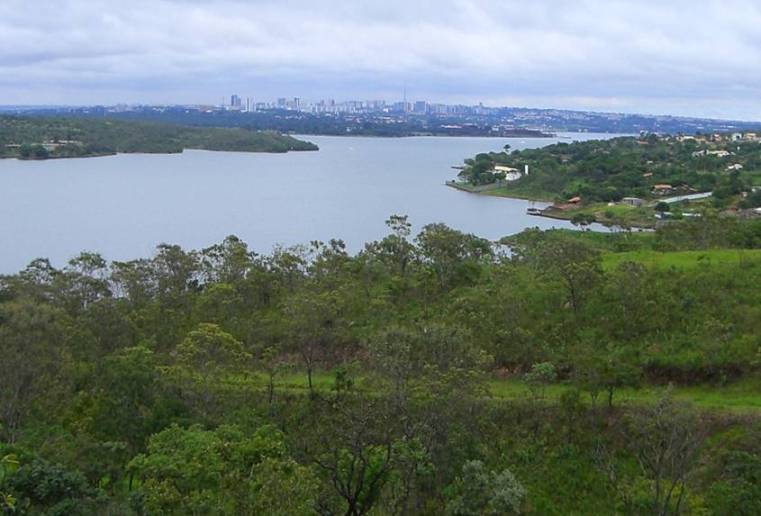
Objectives and Contents
As a consequence of accelerated non-planned urbanisation and changes in land use (e.g. intensification of agriculture), there is a strong impact on water resources. Predictions by the local water supplier (Caesb) are that water demand will exceed the systems capability of supply in the near future.
Facing the urgency to take action that will guarantee the water supply of Brazil’s capital, IWAS Água DF’s main objective is to develop an Integrated Water Resources Management System. The system has to cover natural boundary conditions (climate, hydrological cycle, land use among others), the water supply systems (drinking and sewage water treatment and distribution system) and management. In order to achieve this goal, the project is subdivided into eleven working and task groups as follows:
1. ![]()
![]() Climate Change
Climate Change
2. ![]()
![]() Land Consumption and Land Use
Land Consumption and Land Use
3. ![]()
![]() Hydrological Cycle
Hydrological Cycle
4. ![]()
![]() Sediment Formation, Transport and Sedimentation, including Sediment-Water Interactions
Sediment Formation, Transport and Sedimentation, including Sediment-Water Interactions
5. ![]()
![]() Water Quality
Water Quality
6. ![]()
![]() Drinking Water Quality and Treatment
Drinking Water Quality and Treatment
7. ![]()
![]() Urban Drainage and Wastewater Treatment
Urban Drainage and Wastewater Treatment
8. ![]()
![]() Water Supply and Modelling
Water Supply and Modelling
9. Data Base and GIS
10. ![]()
![]() Sustainable Utility Management
Sustainable Utility Management
11. ![]()
![]() Decision Support System – Integrated Water Resources Management
Decision Support System – Integrated Water Resources Management
Workshops
Three workshops have been held between the partners of the IWAS Água DF consortium so far. The initial workshop took place in Leipzig in July 2008, with the attendance of a Brazilian delegation. This initial meeting resulted in the signature of a letter of intent between the counterparts. The second workshop took place in Brasília in September 2008. The German delegation gained deeper insights about the situation of water supply in Brasília and the existing infrastructure. The workshop resulted in a detailed project outline, with the setting up of working and task groups. The third workshop took place in Brasília in March 2009 together with the Kick-Off event of the IWAS Água DF project. The German delegation was composed of coordinators of each working group. The intention of the workshop was to establish the research lines, contents, and activities for the working groups.
Kick-Off Meeting
In March 2009, the Kick-Off meeting of IWAS Água DF was held in Brasília, in the form of a ceremony, with the signature of Cooperation Agreements between the institutions involved in the project. Attending the event, among project co-workers and researchers, was the project coordination of German and Brazilian sides, Governmental and representatives of local authorities, and the BMBF (Federal Ministry of Education and Research).
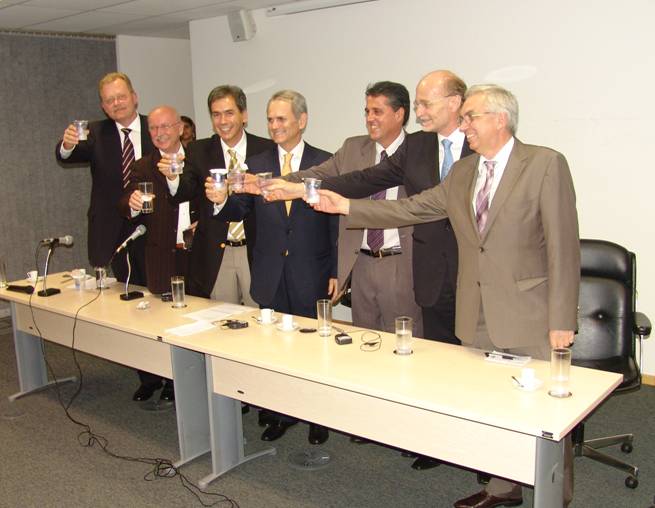
Field Activities
In two field campaigns, as part of the studies about the hydrological cycle, geophysical investigations were conducted by geoelectrical methods in order to evaluate aquifer vulnerability and the impact that leachate plumes originating from a landfill have on groundwater and potential recharge areas.
Partners
IWAS Água DF is coordinated on the German side by the Helmholtz Centre for Environmental Research – UFZ and the TU Dresden, in partnership with the University of Brasília and Caesb (The Water Supplier and Sanitation Company of the Federal District) on the Brazilian side. Other German partners are the Karlsruhe Institute of Technology, the UniBW München and Sachsenwasser. Other Brazilian partners are INMET (The National Institute for Meteorology), Embrapa (Brazilian Agency for Agricultural Research) and Novacap (Company responsible for the capital’s urbanisation).
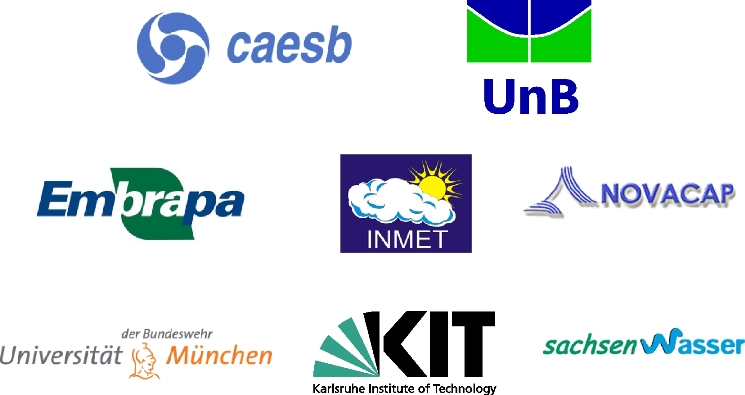
Contact and further information
Prof. Dr. Holger Weiss (IWAS-Latin America coordinator UFZ)
Phone: +49 341 235 1253
![]()
![]() holger.weiss@ufz.de
holger.weiss@ufz.de
Prof. Dr. Franz Makeschin (IWAS-Latin America coordinator TU-Dresden)
Phone: +49 35203 38 31307
![]()
![]() makesch@forst.tu-dresden.de
makesch@forst.tu-dresden.de

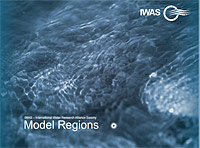
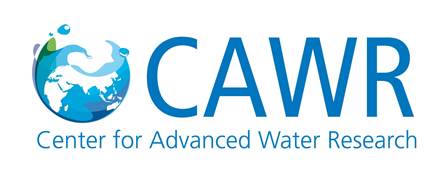


.png)
.png)
